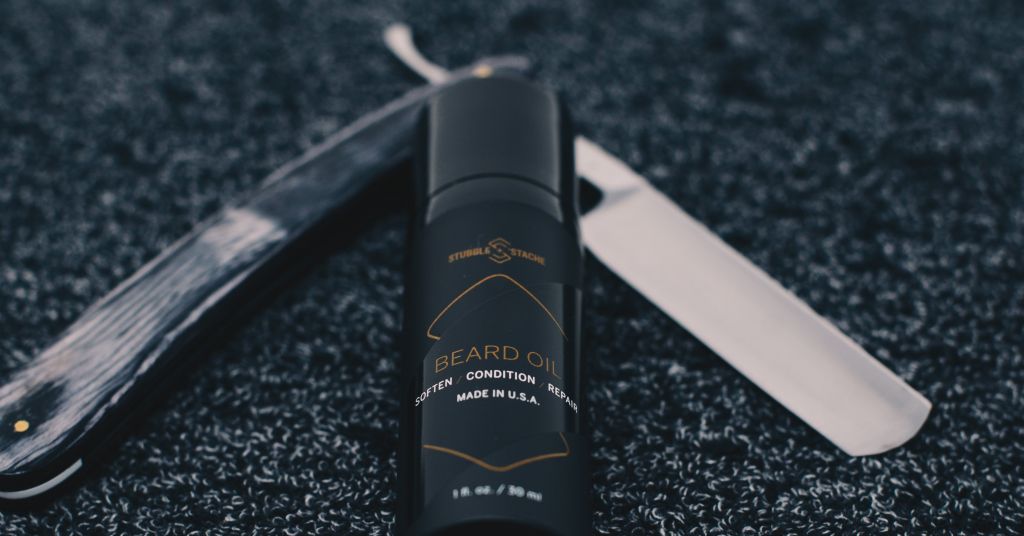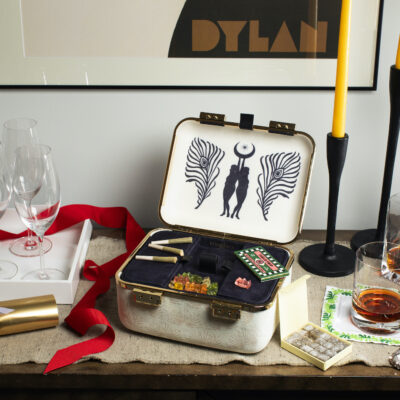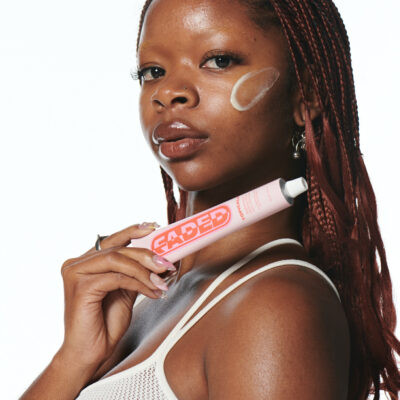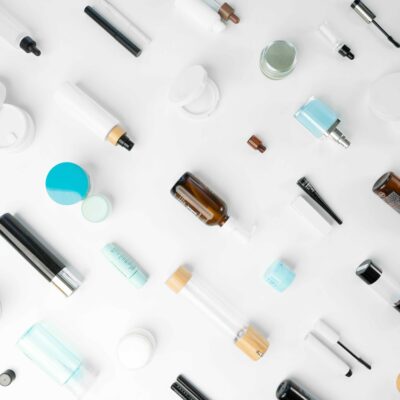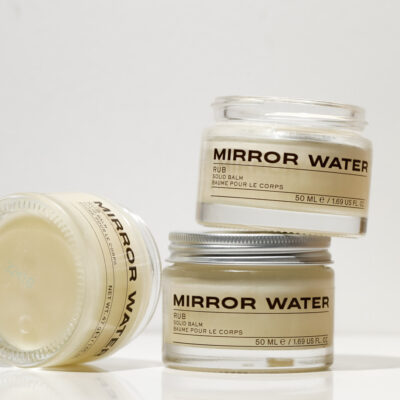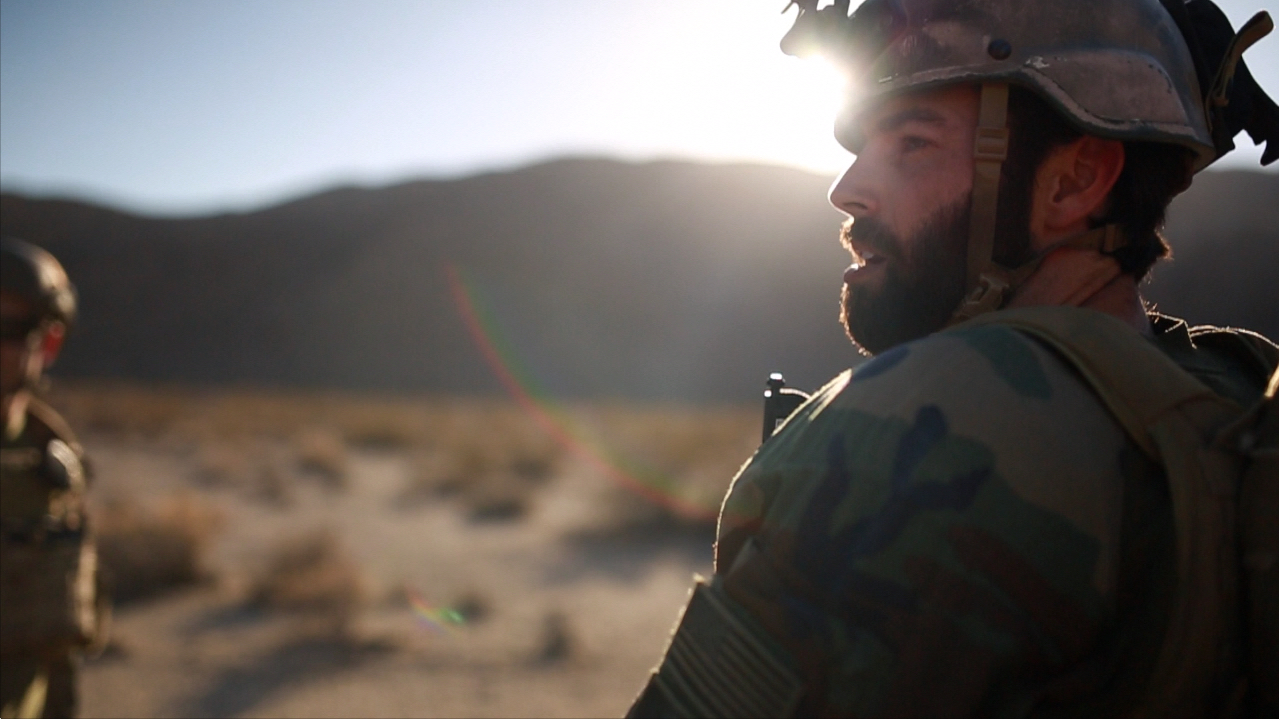
Veteran Nicholas Karnaze Grew A Beard To Honor A Fallen Comrade And Grew A Brand To Help His Beard
Nicholas Karnaze was disconsolate when he learned Justin Hansen, who served with him in a Marine Corps special operations unit, was killed in Afghanistan on July 24, 2012. In a display of solidarity, Karnaze honored his fallen comrade by growing a beard, a marker of special operations deployment that Hansen had worn. As he sprouted stubble while grieving, Karnaze’s face felt terribly itchy. He searched for solutions to soothe his skin, but couldn’t find anything particularly appealing. Karnaze decided to tackle the problem himself and began mixing formulas. In 2013, Stubble and ‘Stache was born. The company now sells products across grooming and skincare, and donates a portion of proceeds from their sales to organizations supporting wounded veterans. Beauty Independent talked to Karnaze, who spent seven years as a Marine Corps officer and later participated in the Stanford Ignite entrepreneurship program, about developing his brand, its Amazon experience, pricing products, creating content and how the military helped him prepare for the beauty business.
What was the initial vision for the brand, and how has it changed?
When I first launched the brand, it seemed like men had two options: drugstore brands or the higher-end [brands] like Kiehl’s, but there was no middle ground for men who take pride in appearance and want a premium product. So, the goal was to create this company that caters to men who take pride in their appearance, but might not appreciate, afford or see value in higher-priced items. I wanted all of the products to be dual-purpose, so you don’t have to have a beard to use them, but the niche is people with facial hair. Some women are even using our facial moisturizer now. The vision has changed to become a full men’s grooming line, so rounding out beard offerings and, then, introducing products that aren’t beard-specific like shaving cream or under-eye treatments.
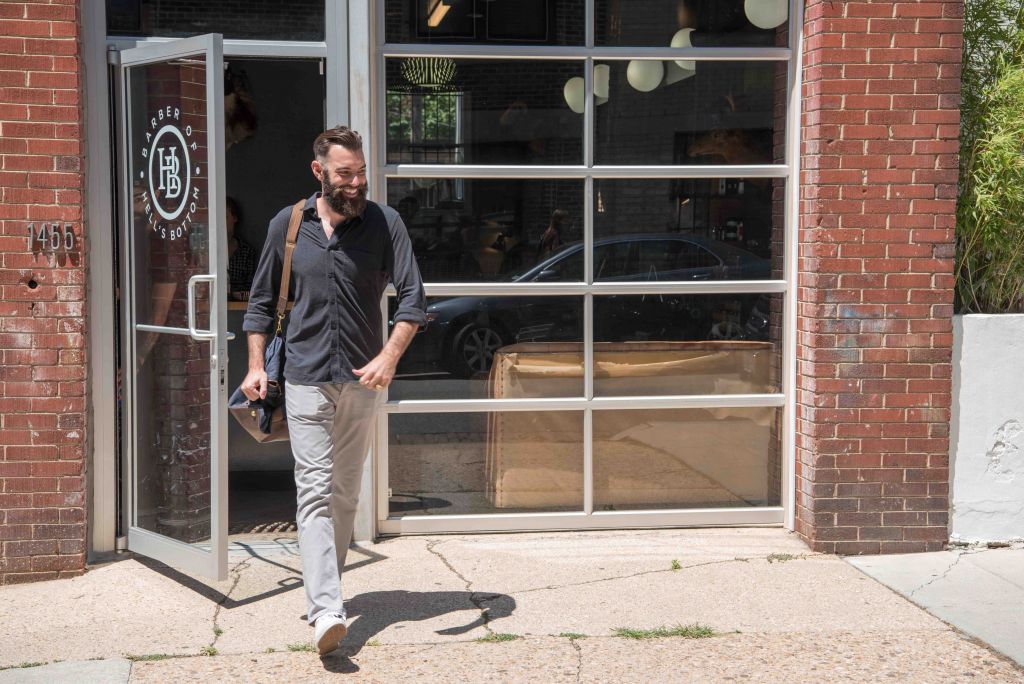
What were the brand’s first products, and what’s your approach to the assortment today?
We launched with the dual-purpose facial moisturizer and beard conditioner and, recently, changed the name to Hydrate Daily Facial Moisturizer. We followed that up with our face and beard wash, which has been sold out for a while as we tweak the formula. We’re about to relaunch the beard wash in a few months. It’s a nice problem to have, but I don’t like leaving customers hanging. We have another product we should be launching this summer, and we’re awaiting F.D.A. approval.
How much money did it take you to launch your brand, and how long did it take you to develop it?
I’ve self-funded everything. When I first launched everything, I invested about $25,000 from personal savings and, to date, I’ve invested about $60,000, which is a lot for me. I’ve received a number of requests to help funding, but I want to make sure that, when I start working with investors, they are confident in the viability of the brand. I’ve also been approached by a few pro athletes who use the products and their agents are interested in getting involved, but I haven’t entertained any offers yet.
When did you or do you plan to reach profitability?
When I launched, it really started to grow that November going into the holidays. So, we were profitable in six months and, for the first three years, [sales grew at a rate of] 47% year-over-year. We were not profitable this past year. We changed packaging and some formulas, so I stopped a lot of our marketing efforts in 2016 going into 2017. I wasn’t pushing it, and I wasn’t expecting any growth, but we maintained growth.
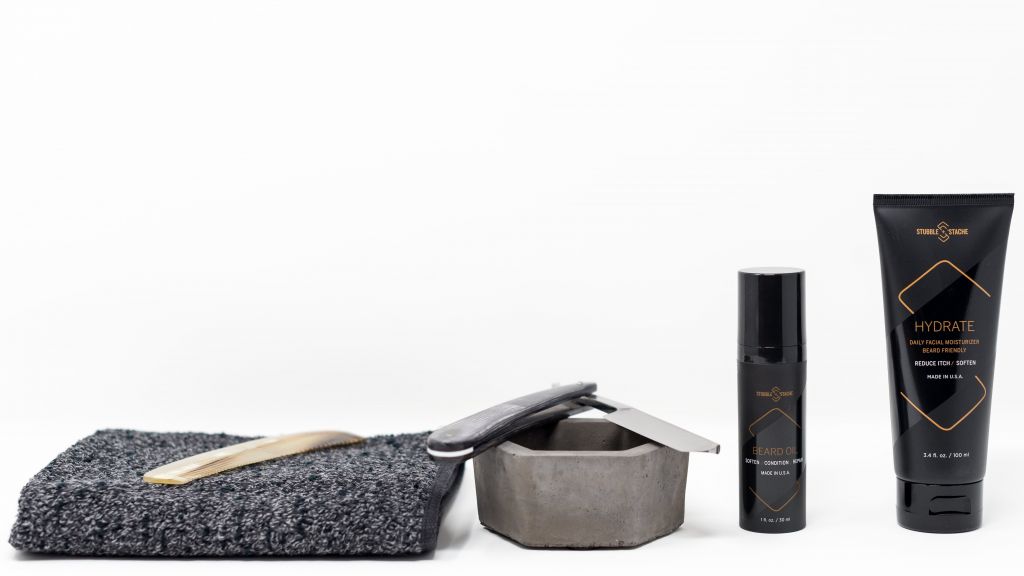
Where is the brand sold now?
90% of sales are online and 10% are wholesale. We are carried in 20 doors, and Birchbox is one of our best partners. We’ve had great success with specialty barbershops like Barber of Hell’s Bottom. I love working with barbershops like that because they have a number of locations, and they only carry products they believe in and are passionate about. All of our retail partners have come to us. I haven’t done any outreach, and we turned some away that didn’t feel on brand. Once the formulas and packaging are all set, we’re going to start reaching out to boutiques that customers have mentioned to us.
Is the brand available on Amazon?
We’re on Amazon. They reached out to us to begin selling our products, and they set up our seller account for us. I have not done anything on Amazon, no advertising. It’s just been there churning along, and it accounts for a third of our total revenue. Now, Amazon wants to buy wholesale, but we aren’t even doing Prime yet because of the fee structure, which is not necessarily friendly to businesses. So, we’re calculating if it’s worth it.
How did you land on Stubble and ‘Stache’s prices?
We reverse engineered it. When I first created the product and started working with a lab, I told them, “Here’s what we started with, here are the problems we want to solve, here’s what to include and what not to include.” That’s where we started and, then, we landed on the price point after that.
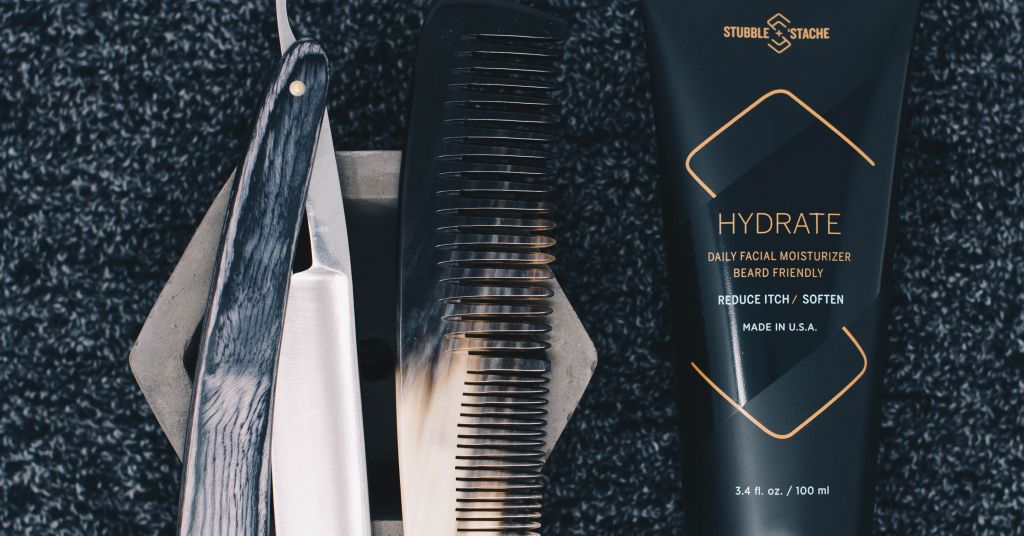
How diverse is the brand’s clientele?
The big thing is just overall men’s health, and we’re big mental health advocates. The idea is that, when you look good, you feel good. Your personal appearance does matter and is a reflection of how you feel. Here in D.C., where we’re based, there’s a vibrant LGBTQ community, and they’re awesome. We’re talking about having a Stubble and ‘Stache float in this year’s pride parade. There are some places that are very pro-military, and they don’t support certain lifestyles. We don’t align ourselves with them.
Our products work for every nationality. People are telling me to market to the African-American community, and we’re fortunate that D.C. is a very diverse community from an ethnicity standpoint and with the LGBTQ community.
What is your marketing strategy?
Our big push now is how-tos and content about how to grow your beard, wash your beard, maintain your beard. They are very well-received. One of the initial hurdles we had was the educational process. We had this product, but men were confused about how to use it. So, we’re going to get more into YouTube and do some educational content. Most small brands feel like they need to portray themselves as more of an established brand, which I found hurts the brand. Some of these big brands, if we tried to emulate them, we can’t, because they are a machine cranking out products. We are small and can provide value beyond the product.
What are goals you have for the brand going forward?
In addition to more videos and blog posts, I haven’t called in any favors. Some of our high-profile customers, we haven’t asked them for anything. So, [we may be] leveraging some of the influencers who love the products. We’re really looking to spread the word that way. Word of mouth is our best marketing avenue, and [we will be] asking people to help spread the word. I’ve been reluctant to do that in the past, but I’ve found that people are more than happy to help.
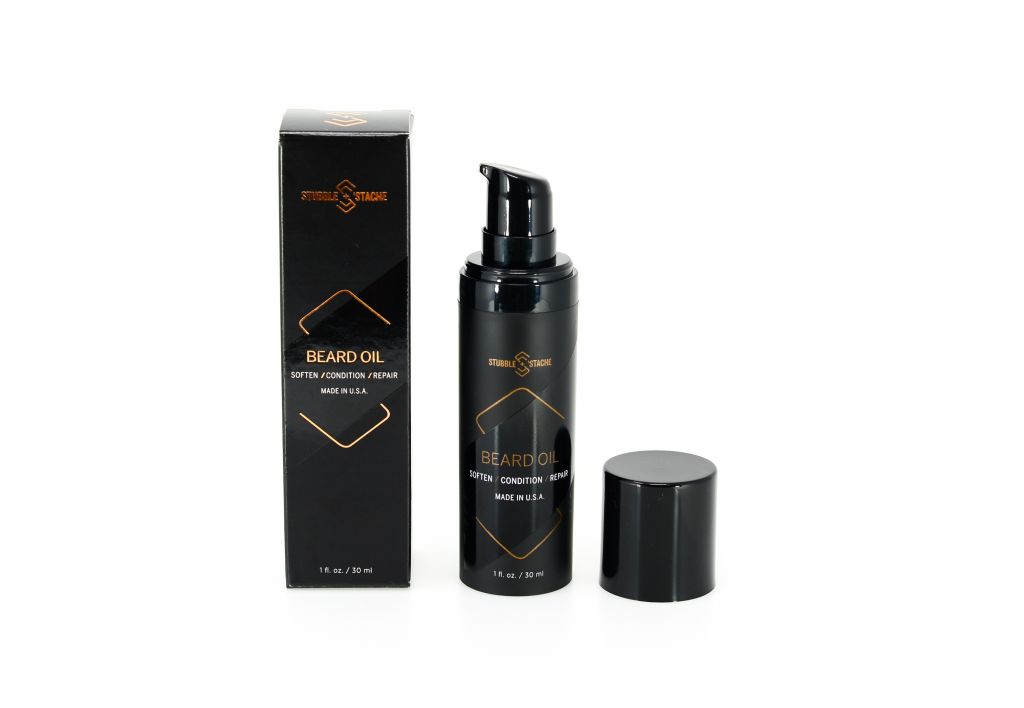
What have you found most challenging in building a beauty brand?
Prioritizing [and figuring out] what I should be focusing my time on. I found myself, being from a military background, liking things orderly. I would spend a lot of time working on maybe on the back end accounting, which doesn’t lead to a sale, but I’d feel bad if I didn’t get those things done. We run a very lean company, and I’ve been reluctant to outsource, but, then, I find myself spending a lot of time learning to do something when we could just hire a professional.
How do you choose which charities to work with?
We donate 5% of our net profits to organizations for wounded veterans. Right now, we’re working with the Marine Raider Foundation, which supports the unit I used to be a member of. We also do a lot of product donations. People reach out to us about fundraisers, and we absolutely donate product. Then, to a lesser extent, I love helping other entrepreneurs, so I spend a lot of time working with veterans interested in starting a company or who have questions or are interviewing, so I can shed some light on what it’s like to start a company.
How has your military background helped you run a business?
Combat veterans make great entrepreneurs because we spend a lot of time planning a mission. No plan survives first contact with the enemy. Basically, that means you create this plan, and the minute things get real, that plan is going to go out the window. So, you have to be able to improvise on the fly, and confidence comes from knowing and believing in your own abilities. So, I feel that veterans are well-positioned to take calculated risks and, when they don’t really pan out, we’re able to quickly adjust and keep pushing forward.
[Editor’s Note: This story was originally published on April 23, 2018, and reposted for Memorial Day.]
